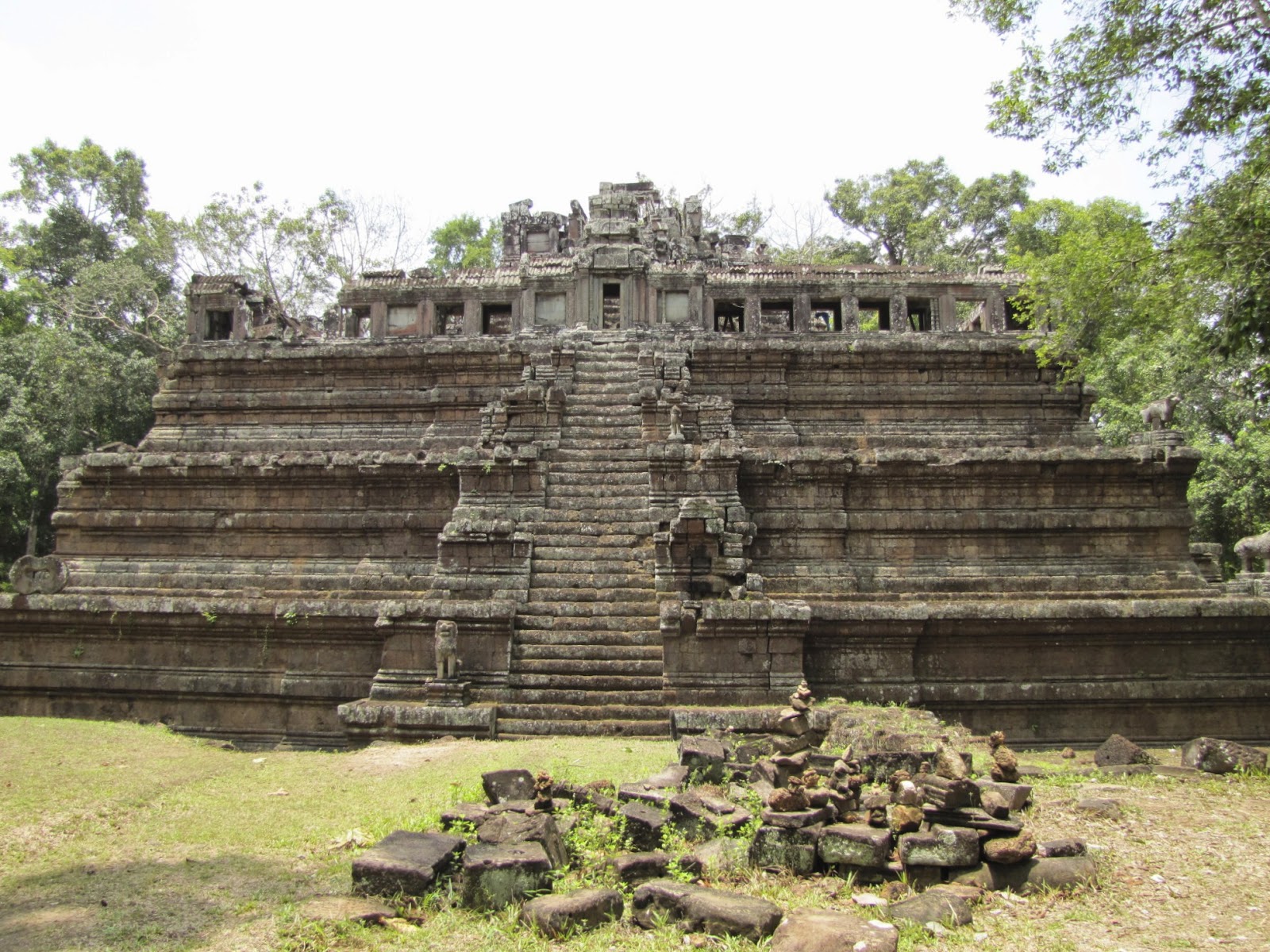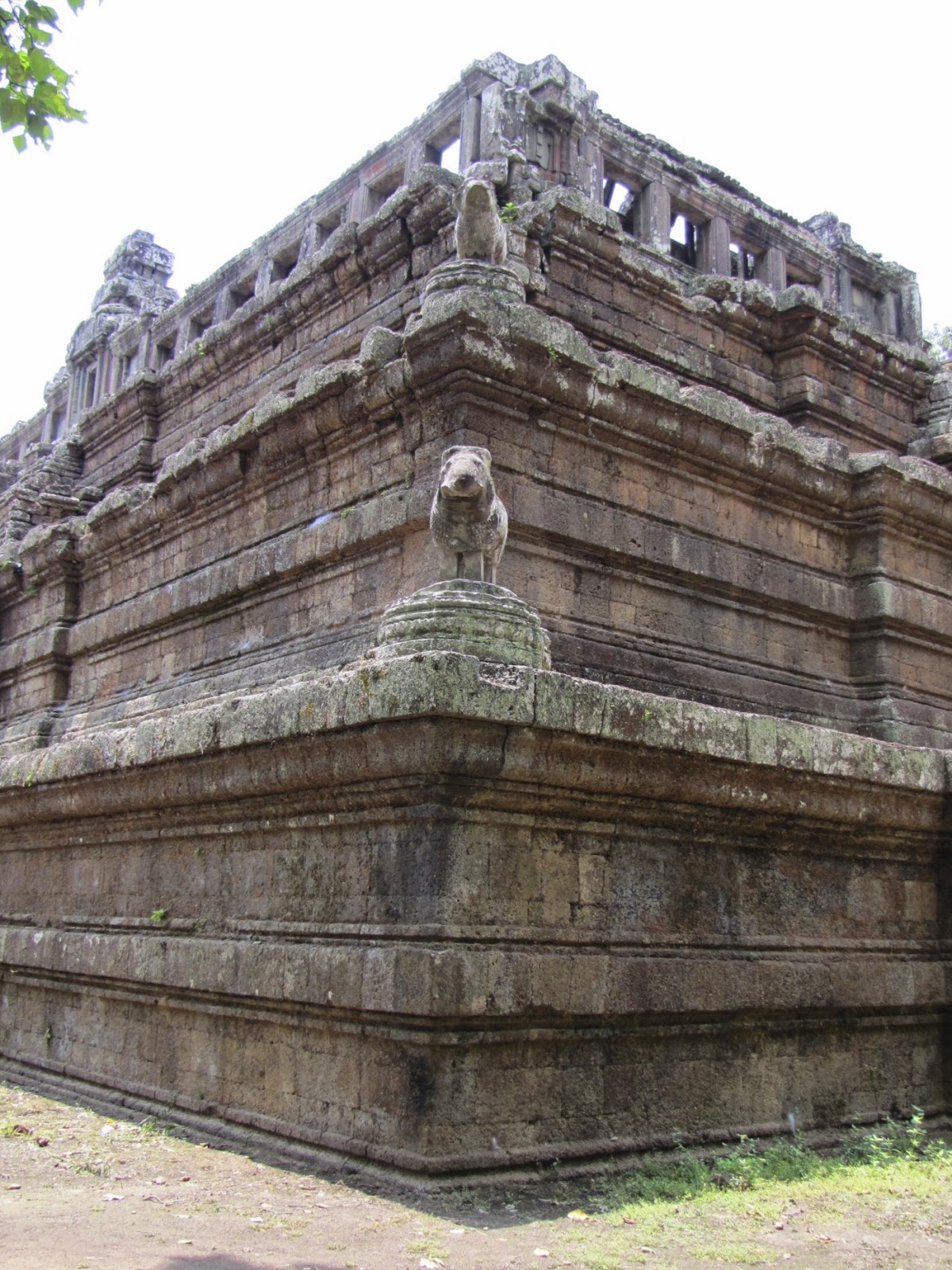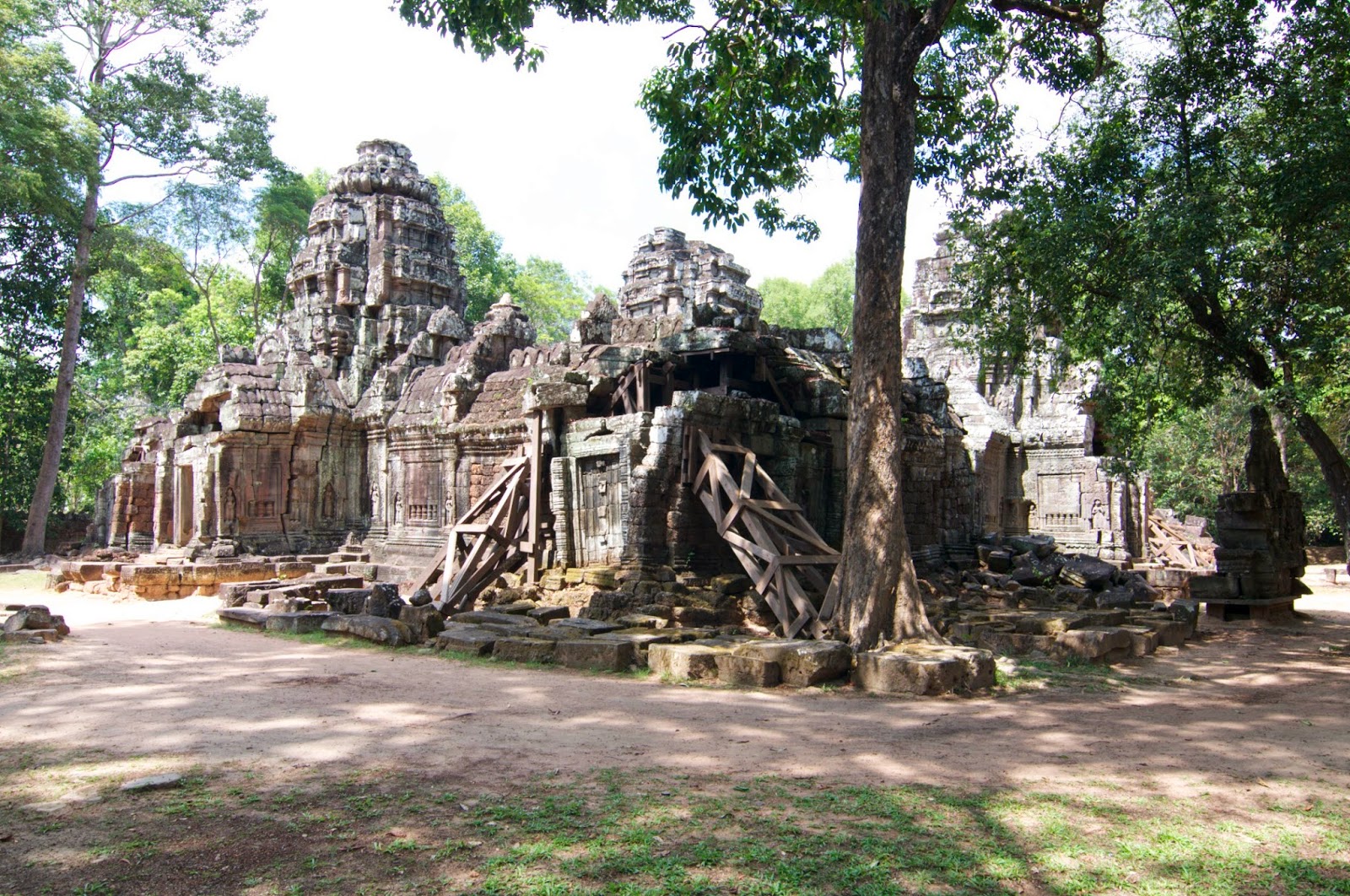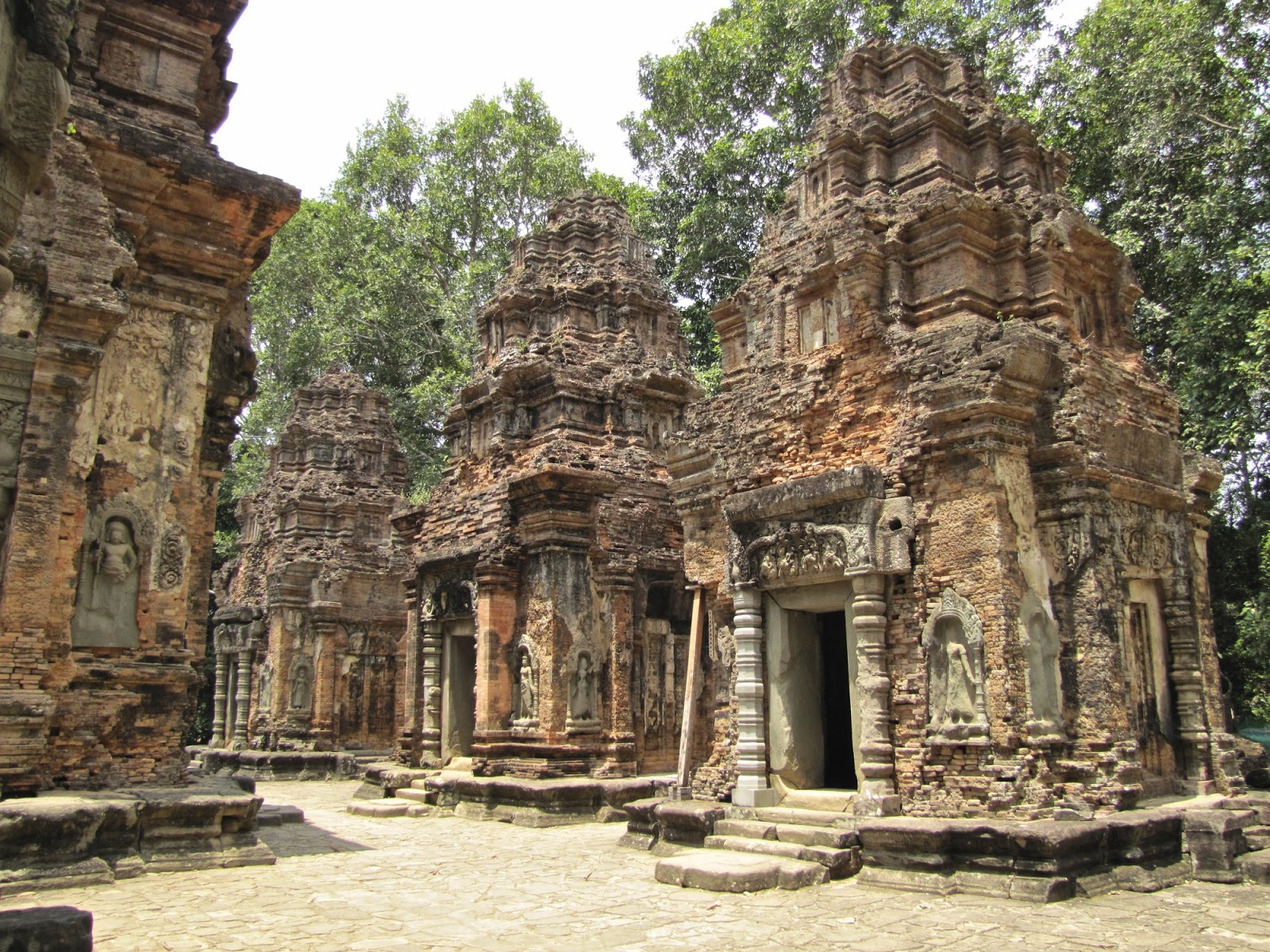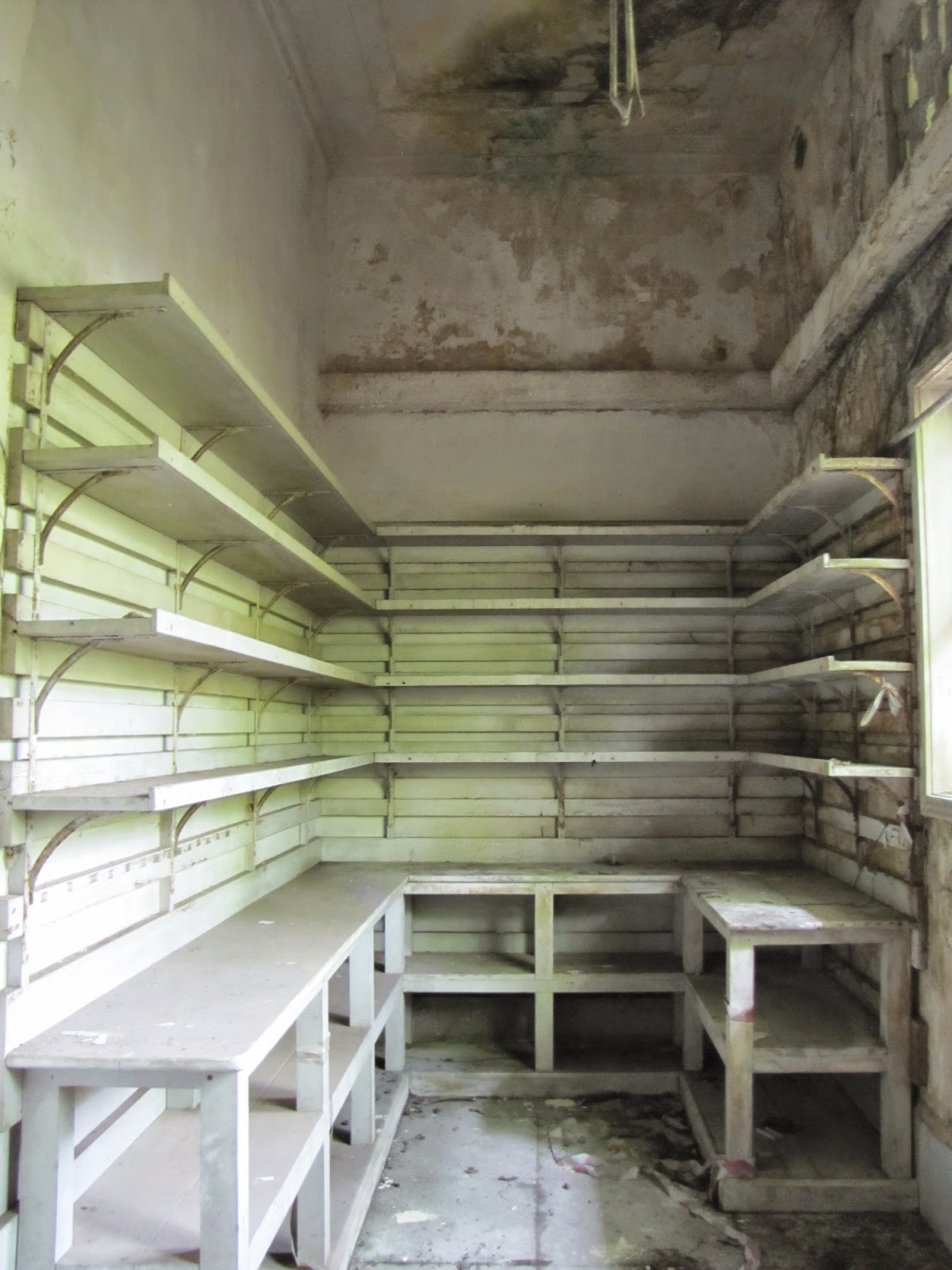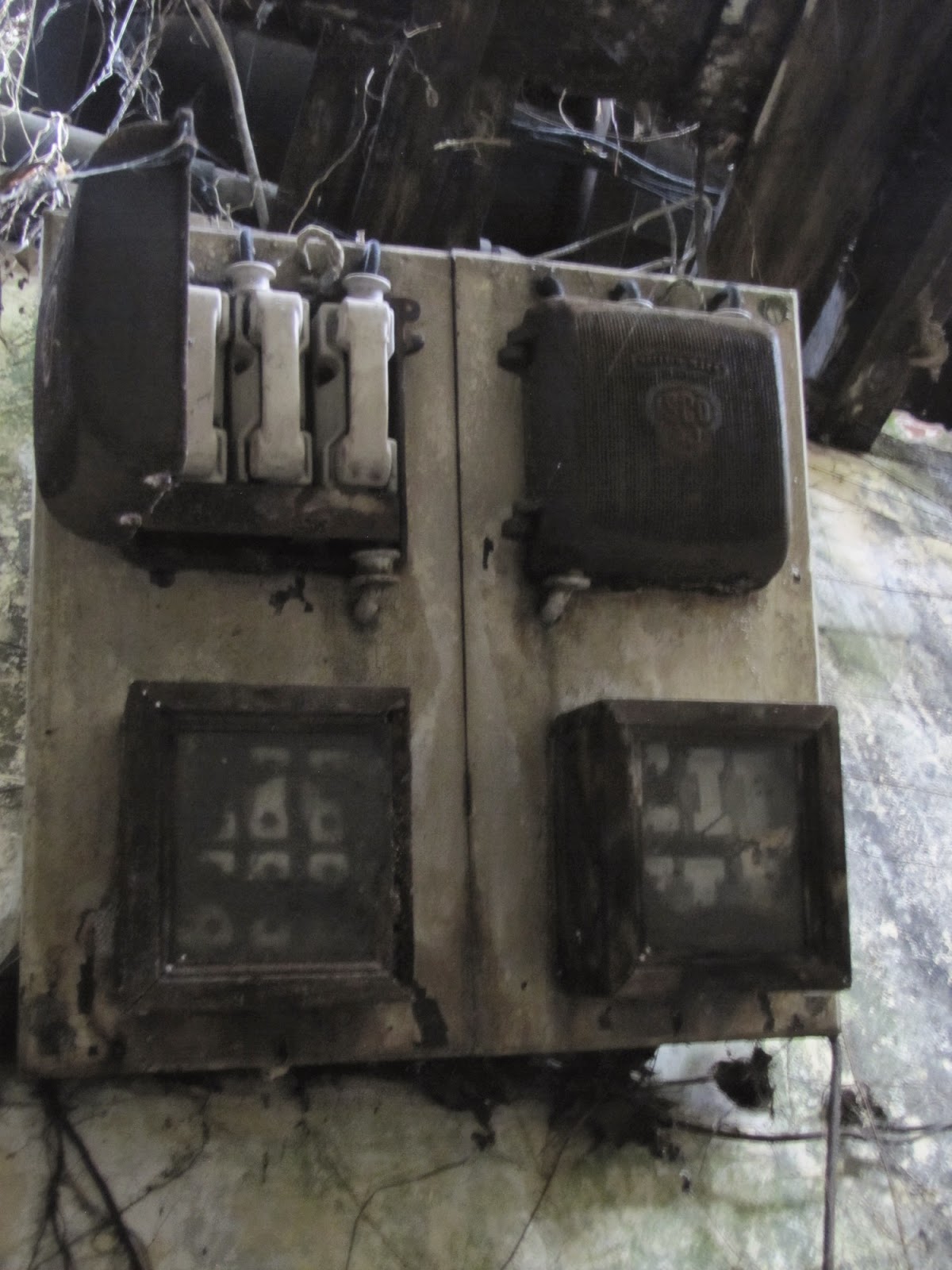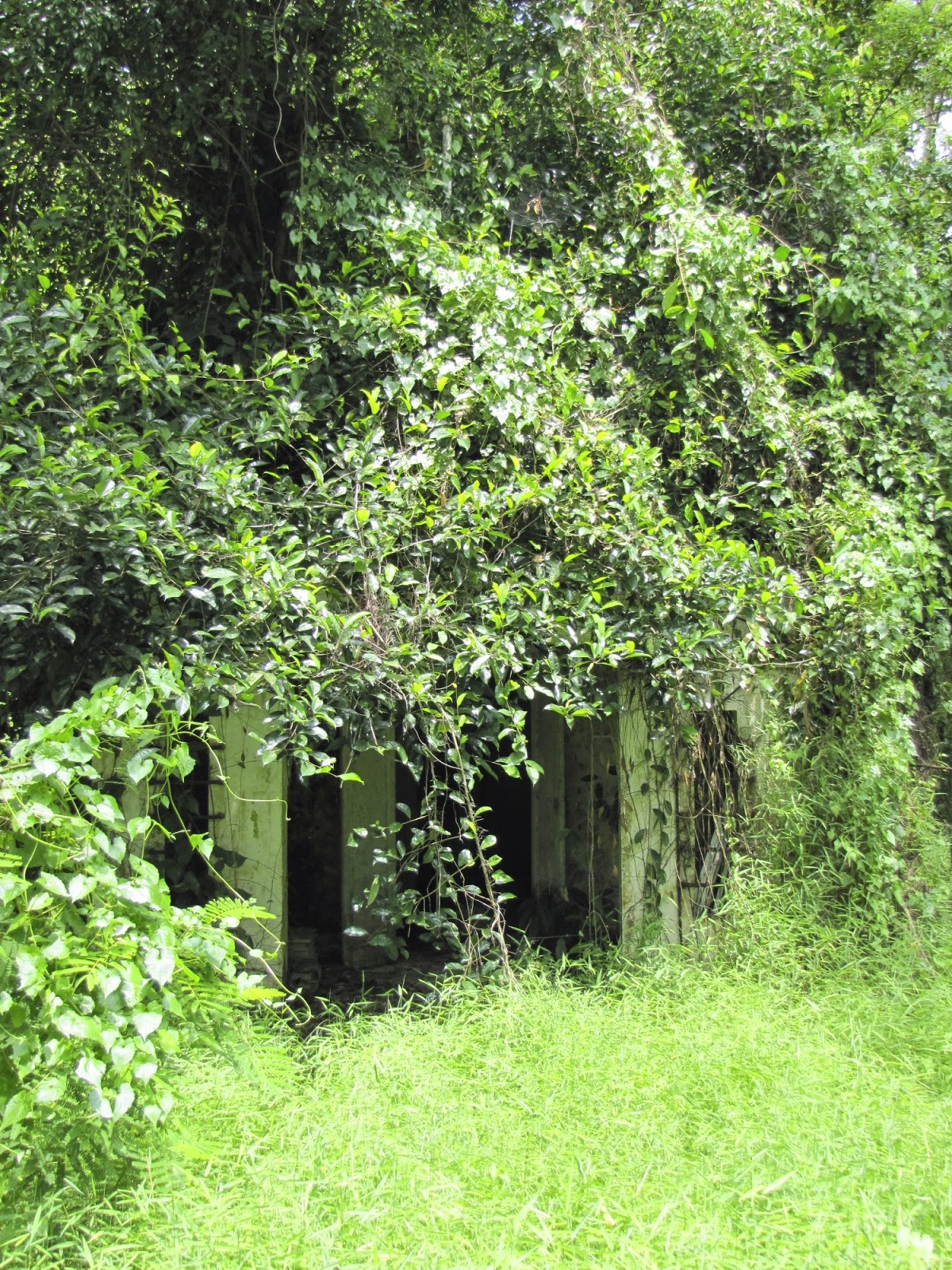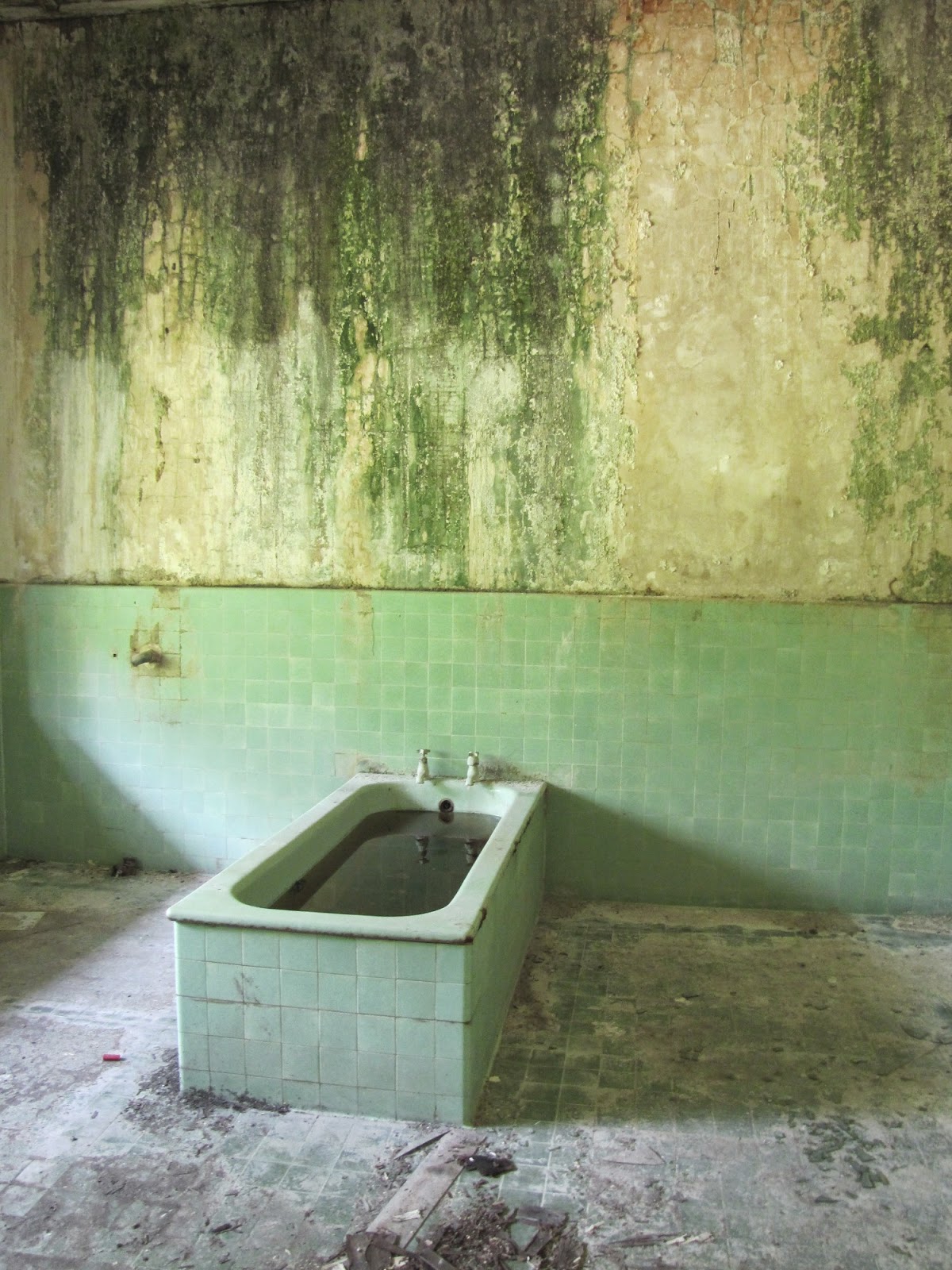I've just come back from my first ever trip to Hong Kong, a place I never expected to visit in my lifetime but, now with this new life of my mine I am fortunate to have the opportunities to visit countries I'd only thought I would ever read about. Hubby had been a number of times, with his brother once living and working there, and now through his own work. Thanks to another business trip I was able to "tag" along with him, for the first time on a business trip, also making it an affordable few days.
Now everyone kept telling me "you'll love the place" and indeed hubby does, he kept saying "you can see why I love it now?" Did I love it? .... Hmmm.... I don't think I could go that far. Now I maybe loving life in "The City within a garden" that is Singapore, but at heart I'm a country girl. Did I have a wonderful time? Yes. Am I glad I visited? God yes. Could I live there? I very much doubt it, although saying that on Sunday afternoon we visited Stanley crossing up over the mountain, driving through uninterrupted "jungle" down to a coastal bay that I didn't know existed in Hong Kong. Being winter it was reasonably quiet even in the famous Stanley Street Market. This for me was a peaceful quiet haven and a much needed break from the manic, enclosed roads of the rest of the island and Kowloon over on the mainland. However unless we come into money from some unknown millionaire, long lost, unheard of relative I doubt we could afford to live there!
What are my overall perceptions of Hong Kong.
Cons
Crazy, Manic, loud, smelly drains!! Tailors constantly accosting you for suits, handbags, even watches (especially Nathan Road in Kowloon) enclosed and claustrophobic, full of smokers.
Pros
Brilliant neon lights, temples full of incense burning, vibrant shrines, bustling food markets full of vegetables, meat and fish and somethings I have no idea what they were! Plus street markets selling everything you want and those you didn't even know you wanted! Calming gardens, museums, bamboo scaffolding everywhere, surely more environmentally friendly the western metal poles, although I guess bamboo is not so readily available there. Great new and interesting food although most restaurants weren't in English so we weren't sure what everything was!
Cons
Crazy, Manic, loud, smelly drains!! Tailors constantly accosting you for suits, handbags, even watches (especially Nathan Road in Kowloon) enclosed and claustrophobic, full of smokers.
Pros
Brilliant neon lights, temples full of incense burning, vibrant shrines, bustling food markets full of vegetables, meat and fish and somethings I have no idea what they were! Plus street markets selling everything you want and those you didn't even know you wanted! Calming gardens, museums, bamboo scaffolding everywhere, surely more environmentally friendly the western metal poles, although I guess bamboo is not so readily available there. Great new and interesting food although most restaurants weren't in English so we weren't sure what everything was!
So for me Hong Kong is a place of contradictions, one minute I did love it the next, I felt claustrophobic and wanted to escape. I am so pleased to have been and yes I would go back, especially if we visited places at a slower pace, rather than trying to cram everything into a few short days. Although with the wealth of other "yet to visit" countries on my list, this will mean they will get first priority. I may not have fell in love with the place from the first, as I did setting foot in Simgapore (something that still surprises me) but it was great and may well be a slow burner for this old "country girl" If you're given the opportunity I would certainly recommend it to anyone.
Day 1.
Anyway Lonely Planet guide book in hand Day 1. I set off walking north along Nathan Road to almost the end, turning left and first visited the Yuen Po Street Bird Garden. Although the stalls are open all days by the time I arrived most "uncles" had covered over their bird cages and fewer were left, so I can only imagine the melodies I would have heard if I'd arrived earlier. It was clearly a male pastime and not only was I the only woman there I was the only foreigner too! - although I didn't feel in the least bit uncomfortable. What do I think about the "sport" of keeping birds in cages and bringing them out in the morning to hear them sing? I still feel it is strange but having seen it so often in SG I guess I'm becoming slightly anesthetized to it. The birds are certainly cared and loved by their "uncles". Amongst the Bird Park were stalls selling live food, grasshoppers in sacks that are fed to their birds by chopsticks, new birds and cages upon cages, with several older uncles sitting there mending them, a peaceful sight. Although the place was full of bird song and movement there was an overall feeling of timelessness and it was very relaxing. I have been looking for a birdcage as an ornament for the house and if only I could of squeezed one into a suitcase I would of bought one as they were so much cheeper than in SG. I wouldn't of filled it with a bird though!!
Kowloon
The first 2 days we spent in Kowloon, over on the mainland, just off the busy shopping thoroughfare that is Nathan Road. Hubby had to work so I was left to explore on my own. This would of been something I would of been terrified of doing just a year ago, but thanks to Singapore's "soft Asian landing" it wasn't so daunting and I was able to navigate around the MTR (trains) using their Octopus (ezlink, oyster) preloaded cards and the general feel of the place was much more normal than if I had come straight from the UK.Day 1.
Anyway Lonely Planet guide book in hand Day 1. I set off walking north along Nathan Road to almost the end, turning left and first visited the Yuen Po Street Bird Garden. Although the stalls are open all days by the time I arrived most "uncles" had covered over their bird cages and fewer were left, so I can only imagine the melodies I would have heard if I'd arrived earlier. It was clearly a male pastime and not only was I the only woman there I was the only foreigner too! - although I didn't feel in the least bit uncomfortable. What do I think about the "sport" of keeping birds in cages and bringing them out in the morning to hear them sing? I still feel it is strange but having seen it so often in SG I guess I'm becoming slightly anesthetized to it. The birds are certainly cared and loved by their "uncles". Amongst the Bird Park were stalls selling live food, grasshoppers in sacks that are fed to their birds by chopsticks, new birds and cages upon cages, with several older uncles sitting there mending them, a peaceful sight. Although the place was full of bird song and movement there was an overall feeling of timelessness and it was very relaxing. I have been looking for a birdcage as an ornament for the house and if only I could of squeezed one into a suitcase I would of bought one as they were so much cheeper than in SG. I wouldn't of filled it with a bird though!!
Walking down the slope exiting the Bird park I passed along Flower Market Road. Think of a flower and they probably had it. Also with Chinese New Year fast approaching they had much bamboo, and other traditional chinese New Year floral displays.
After getting lost several times I passed through Tung Choi St full of fish shops - no, not the type to eat but to put in aquariums, a big pastime in Hong Kong as in China, then onto Tung Choi St market "ladies market" (which was closing up!!) crossing over Nathan Road and getting lost again around Mong Kok (the most densely populated place on earth according to the guide book) and finding myself by the corner of Reclamation St with the Yau Ma Tei Theatre (two historic buildings that have been converted into a centre for Cantonese opera) on one side and the Wholesale Fruit Market on the other, which was founded in 1913. Meandering around the back streets by Reclamation St, Shanghai St and along the other streets that all became one, with the local street markets in place finally surfacing in Temple St, famous for the night market we would investigate later. The markets as usual were full of everything, clothes, utensils, gifts and tourist tat, then food stalls, fruit and veg stalls, flanked either side by the permanent shops selling wet fish, fresh meat and restaurants.
 |
| Yau Ma Tei Theatre |
 |
| Wholesale fruit and veg Market Reclamation St |
Emerging from the labyrinths of stalls and little streets I arrived at the 19th century Tin Hau Temple (dedicated to the goddess of the sea) - wow what can I say, except its easy to see why its one of Hong Kongs' most famous temples. The incense burning with the cylindrical cone burners was something I had never experienced before. The smoke rising was almost blinding but something I love. As ever it was full of worshippers lighting their sticks and burnings papers. There's something that touches me about these temples so much more that the Anglican churches of the West. I am so much more moved, if only I understood it more. In the evening outside the temple the public square is home to makeshift stalls of fortunetellers.
| In the evening the Temple is edged by fortune tellers |
Back onto Nathan Road and I walked south passing 2 of Kowloon oldest colonial buildings the Kowloon British School and next door St Andrews Church, and passed The Rosary Church, Kowloons' oldest Catholic church and then St Marys Canossian College built around 1900.
| St Andrews church |
| Kowloon British School |
| The Rosary Church |
| St Marys Canossian College |
That evening hubby returned from work and we visited Temple Street Night Market which was only a five minute walk from the hotel. I will let the photos speak for it. Definitely a "must visit" place.
| huge queue for something..... turned out it was fish and chips!! |
Day 2.
After a lazy morning in the hotel I set off on the MTR to vista Nan Lian Garden and Chi Lin Nunnery, alighting at Diamond Hill Station. So peaceful and tranquil were the gardens I felt very emotional, and have to admit to having "a moment" The gardens were everything I had imagined a chinese garden to be, with the wooden buildings and red painted bridges over koi carp ponds, with bonsai trees and bushes, everything immaculately manicured and positioned. The nunnery was again so calm, however I was glad it was winter as if it had been full of visitors and hot it wouldn't have been so relaxing and calming. I must have stayed in the gardens and nunnery for more than 2 hours.
One stop down from Diamond Hill was Wong Tai Sin station, named after the Taosist Sik Sik Yuen Wong Tai Sin Temple dedicated to the shepherd healer Wong Tai Sin, who supposedly transformed sheep from boulders and knew how to make a potion that would cure all illnesses (understandably explaining why this is such a popular temple). This was a huge expanse of buildings and very very busy. I am led to believe that as its coming up to chinese New Year this is one of its busiest times. The noise when you enter the main courtyard was deafening, and at first I couldn't place what it was. It was coming from people shaking fortune sticks. On the outside of the complex are rows upon rows of fortunetellers that will interpret what your shaken stick will foretell for your future. Again the smoke rising up was something you had to see to appreciate. The bright colour of the painted building with lanterns, drums and statues was breathtaking.
At the back of the main temple was the Good Wish Garden, full of pavilions, bridges and ponds. This was a much needed oasis of calm after the Temple and I sat there for a while enjoying the peace.
Back onto the train I travelled down to the bottom of Kowloon intending to visited the Hong Kong Museum of History. I got off the MTR where the guide book said but this was a mistake, after wandering around trying to get my bearings it was then almost 3/4 hours walk to the musuem - I was beginning to flag and had a headache!! (note to visitors I would suggest Jordan station would be better than Tsim Sha Tsui as the guide book states).
The musuem is only HK$10 entry (S$1.60, 80p UK) and is certainly worth the visit. It starts from the how the island was formed geologically and then takes you through to the different people, festivals, folk lore, opium wars and onto the handing over to China in 1997, as the name says the History of Hong Kong. If I hadn't been so tired by then I would of stayed and appreciated it more, but it is certainly worth a trip. Opposite the museum is the Science museum (HK$25) which is currently showing a dinosaur exhibition. As it was late afternoon I gave this a miss and dragged my tired bones back to the hotel to wait for hubby to return from work so we could move onto Hong Kong island and our next hotel.
To follow our few days over on Hong Kong island please read my next post!
http://www.singaporetales.co.uk/2014/01/hong-kong-holiday-from-my-part-2-hong.html





















































